Affiliate links on Android Authority may earn us a commission. Learn more.
The POCO F2 Pro is a POCOphone in name only — and that's not a bad thing
Updated on May 17, 2020
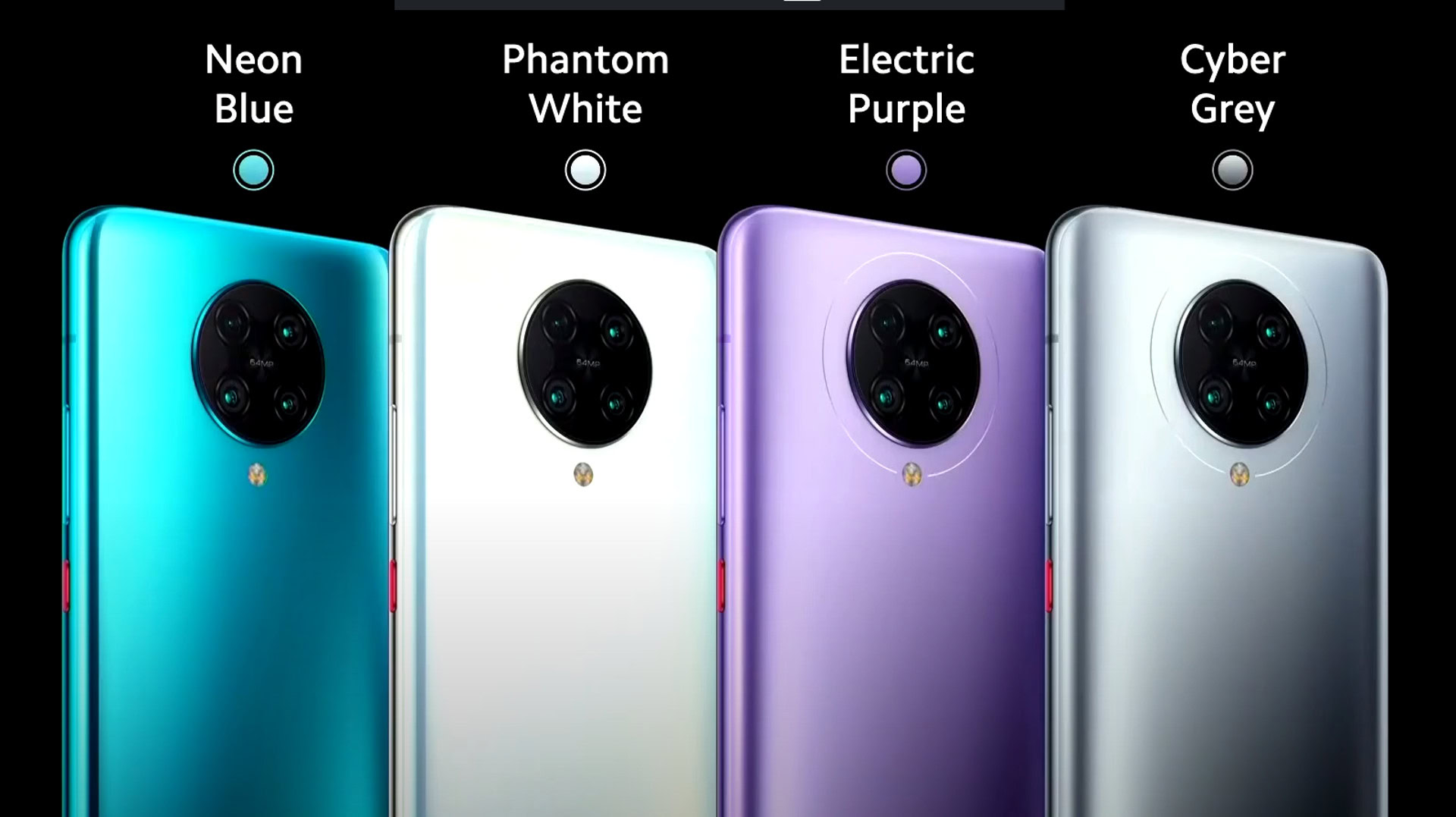
The POCO F2 Pro has finally been unveiled by Xiaomi, and it might be one of the cheapest flagship phones of 2020. But even before the official launch, enthusiasts were bemoaning the fact that it was a rebranded version of the Redmi K30 Pro.
POCO fans previously lashed out at Xiaomi earlier this year for rebadging an existing phone. The ~$210 POCO X2 was a Redmi K30 4G with a different logo. This move got some fans riled up.
It’s not the first time a company has rebranded a phone. In fact, Xiaomi frequently does this. So what gives?
Companies rebrand all the time
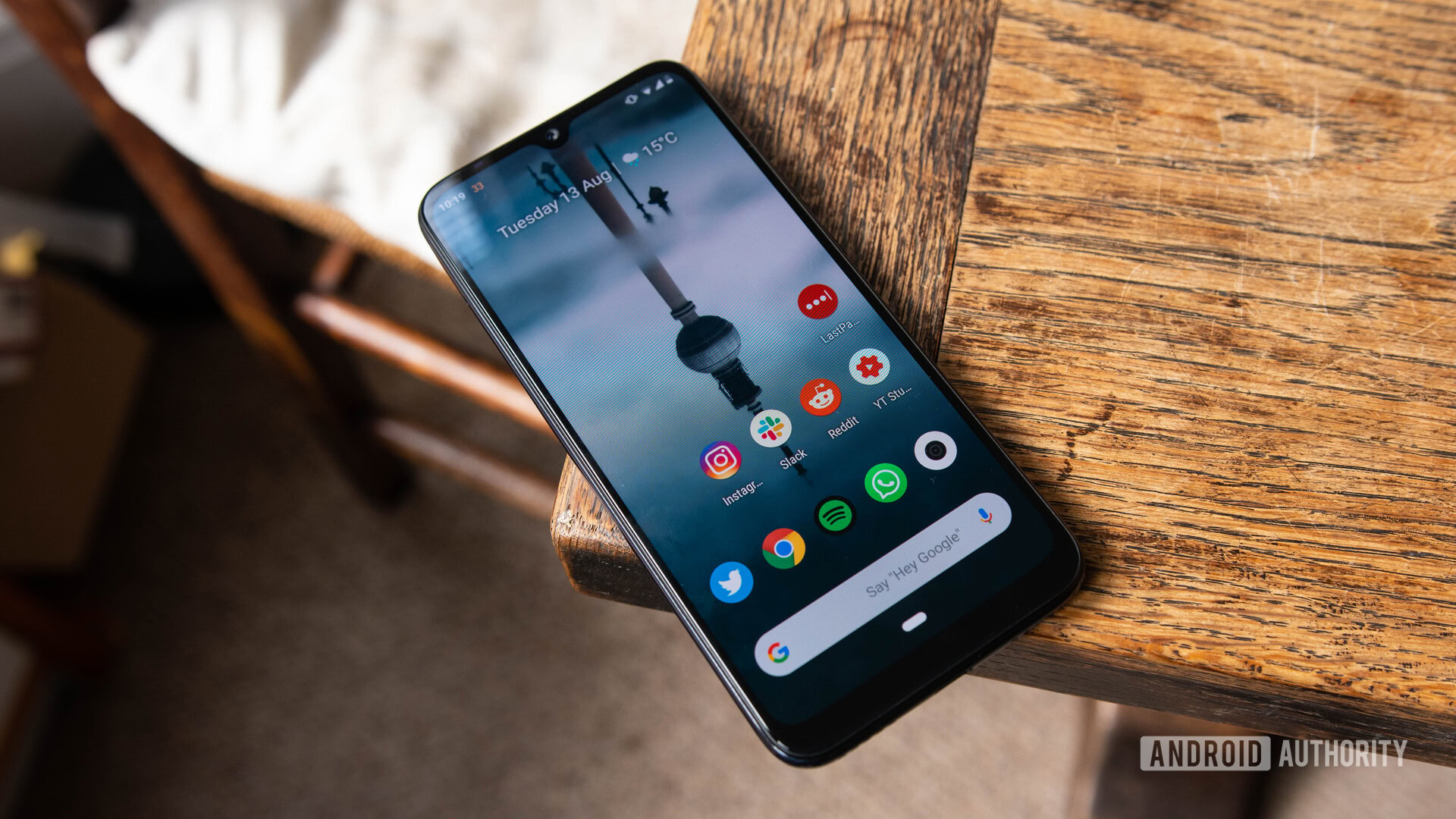
Rebranding is a frequent strategy in the smartphone space and is usually done because some brand names are more popular in specific parts of the world. For example, HUAWEI released a phone under the Maimang 6 name in China back in 2017, but Maimang isn’t really known outside of South East Asia. So that same phone was rebranded to the Mate 10 Lite in the West, and the Nova 2i in Malaysia. We’ve also seen the HUAWEI P40 Lite launch as such in EMEA markets, but as the Nova 6 SE in several other regions.

Also, companies want to build a completely new brand in a region. One effective way to do this is to share a design with the parent company or stablemate. For example, the realme 1 received that name in India, but it was actually released as the OPPO A3 in China and several other markets. We’ve also seen OPPO and OnePlus frequently share design elements or entire designs, such as the OnePlus X and OPPO A30 (seen below).
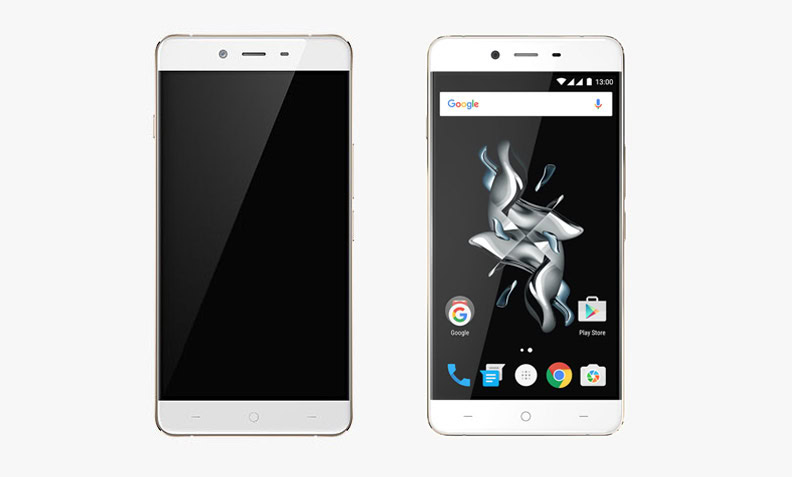
Xiaomi itself has frequently conducted rebranding exercises, with the Chinese and Indian Redmi K20 series known as the Mi 9T series in Europe. We also saw the Mi CC9 and MiCC9 Pro leave China and become the Mi A3 and Mi Note 10, respectively.
That brings us to the latest turn of events, as the Xiaomi Redmi K30 Pro became the POCO F2 Pro.
What makes POCO different?
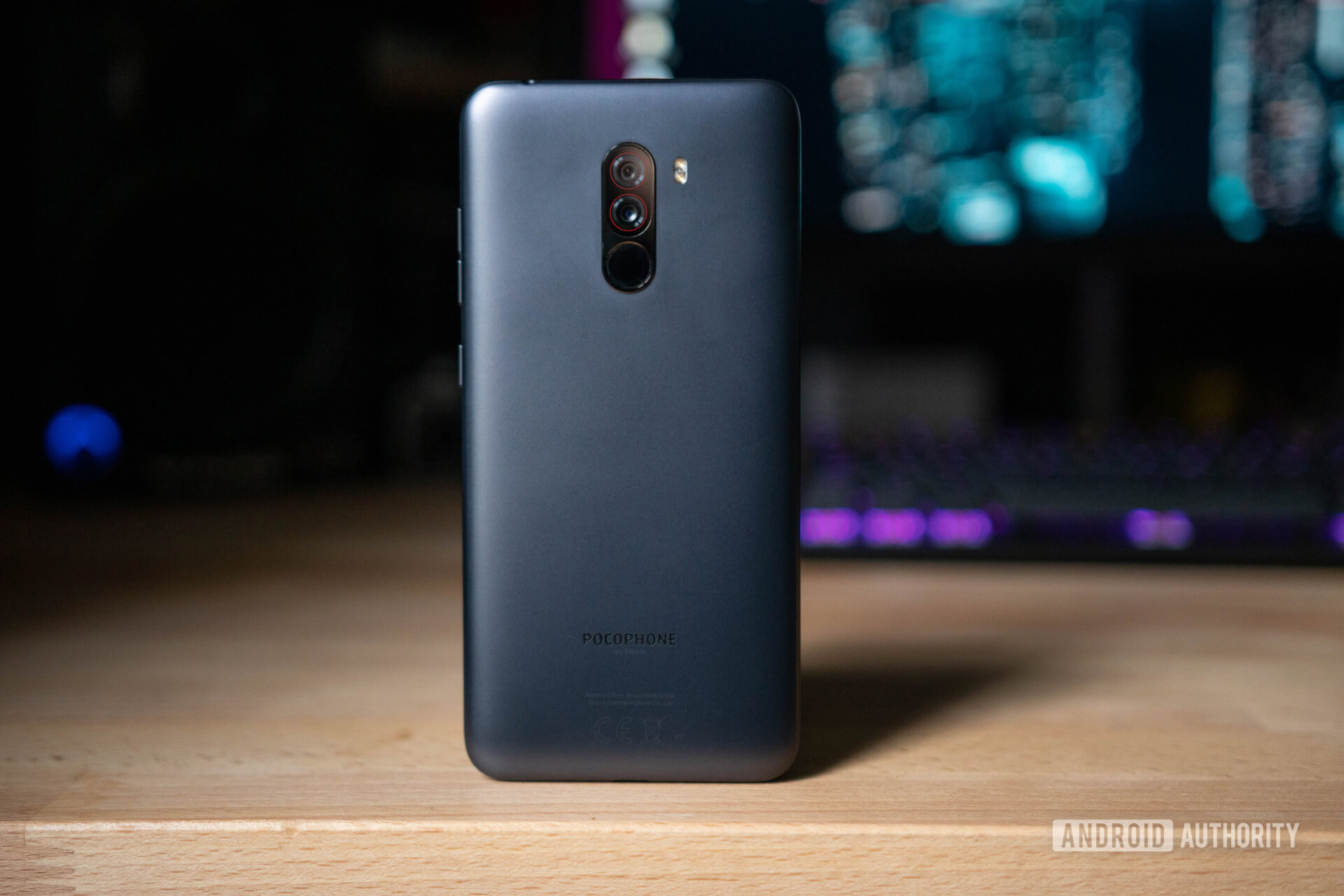
The POCO F1 was really a perfect storm for a debut brand family, as Xiaomi was able to not only craft a powerful flagship from scratch but also make it the cheapest Snapdragon flagship of the year. At ~$300, there really wasn’t much else like it. In fact, the only other similar devices on offer were the $420 Xiaomi Mi 8, $430 ASUS Zenfone 5Z, and the $529 OnePlus 6.
It didn’t hurt that Xiaomi included very competent core specs for the most part, such as the aforementioned Snapdragon 845 high-end processor, at least 6GB of RAM, and a 4,000mAh battery. We also got a couple of extras, such as microSD storage, an IR blaster, a 3.5mm port (in a time where everyone was ditching it), and IR face unlock. In other words, POCO and Xiaomi set an incredibly high bar, and anything more than that ~$300 price tag would always be a difficult sell to POCO F1 owners.
There really was nothing like the POCO F1 when it was released back in 2018.
The POCO F1 was also a brand-new design for the company, going a long way to raising the bar even higher. This suggested to enthusiasts that future POCO devices would also offer unique designs. And I can see why, as Xiaomi took pains to say that POCO was a sub-brand, and then claimed it was a truly independent entity early this year. And wouldn’t an independent brand offer different designs?
Why it doesn’t really matter
Clearly the POCO F2 Pro is a POCOphone in name, but you can’t deny that it’s one of the best high-end phones of 2020 on paper, regardless of the name.
The device is one of the cheapest Snapdragon 865 phones available in the West right now. By comparison, the realme X50 Pro 5G costs €599 (~$648) in Europe. Sure, the F2 Pro’s €499 (~$538) price tag is still a long way off the POCO F1’s price, but the flagship segment is seeing an unprecedented price increase in 2020.
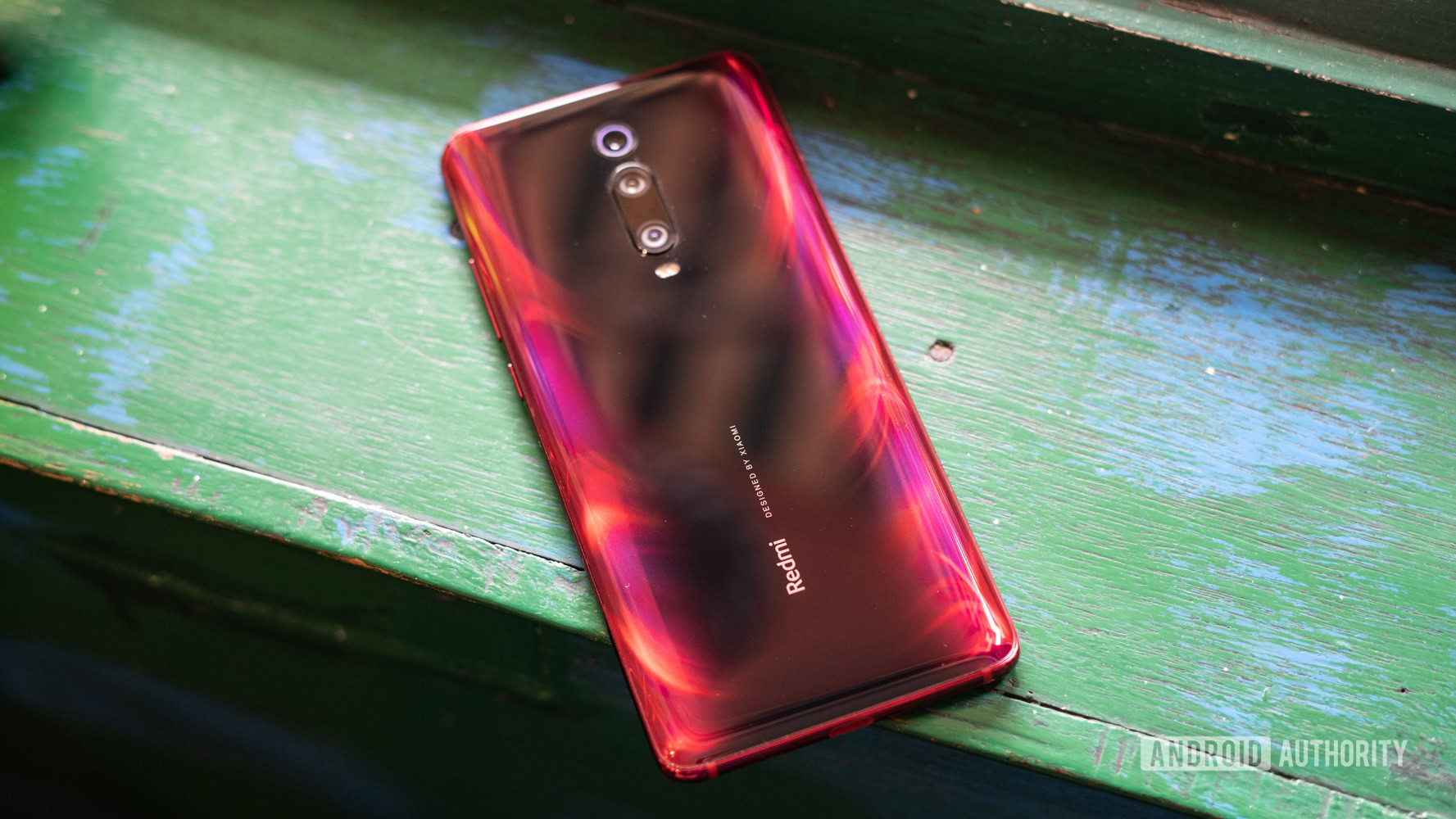
This general price increase is mostly chalked up to the Snapdragon 865 chipset, with Xiaomi saying the new chipset and bundled 5G modem in the Xiaomi Mi 10 was double the price of the Snapdragon 855 and its 4G modem. There’s little reason to doubt that a similar price increase is in effect for the POCO F2 Pro compared to the Redmi K20 Pro.
The POCO F1 is also viewed through rose-tinted glasses to a large extent. Yes, everyone remembers the price tag and powerful core specs. But few POCO fans want to bring up the mediocre camera setup, the LCD screen with a poor oleophobic coating, and the lack of NFC.
By comparison, the POCO F2 Pro delivers a quad camera setup, OLED screen, a bigger battery, NFC, splash resistance, and keeps that headphone port too.
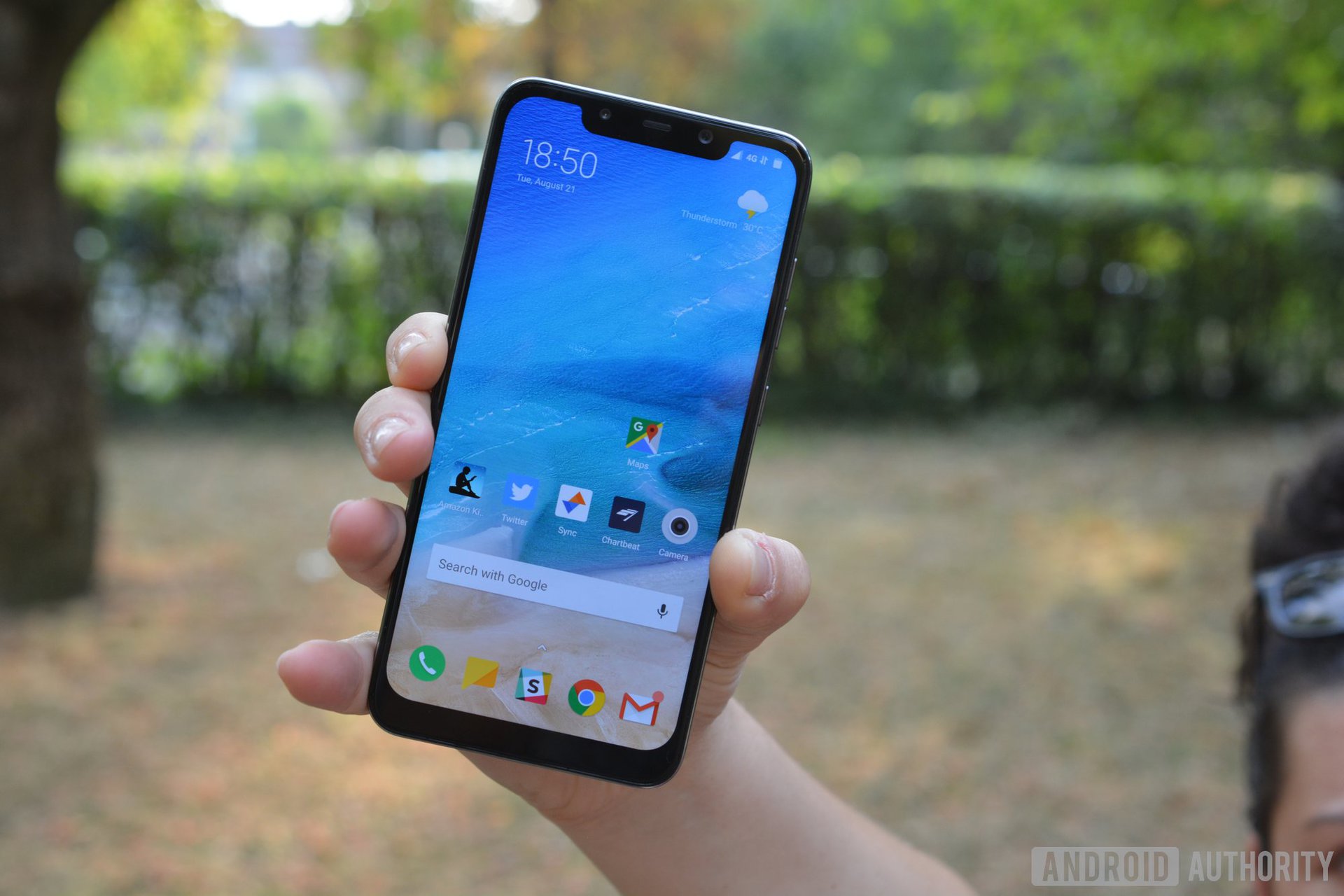
It’s not as if the POCO F1’s original design was actually great either. Back in our original review, our own Bogdan Petrovan said the design felt cheaper than devices in its price bracket and even cheaper than some devices below its price segment. Ryan Thomas-Shaw also said the device felt cheaper than some entry-level phones in his POCO F1 retrospective. Plastic/polycarbonate can definitely look and feel premium (look at the Pixel 3a), but Xiaomi’s execution here left us wanting more.
Meanwhile, the POCO F2 Pro and even the Redmi K20 series both offered a better design, featuring pop-up selfie cameras, glass backs with gorgeous color swirls, and full-screen displays. It’s not like a pop-up selfie camera is better than a traditional smartphone design, but even the K20 or F2 Pro’s rear cover alone makes it feel more premium.
POCO F2 Pro: Hot or not?
Don’t get me wrong. A POCO F1 2020 would certainly be an attractive proposition for many enthusiasts, updating the chipset, battery, and camera setup — the iPhone SE 2020 adopts a similar formula. But it’s unlikely to reach that ~$300 price tag owing to plenty of price pressure in 2020. Plus, consumer expectations have certainly shifted, with multi-camera setups and faster charging expected by many people. In other words, the POCO F2 Pro still seems like one of the best affordable flagships of the year so far — much like the original POCOphone was in 2018. We just need to look at it a little differently this time around, and that’s okay.